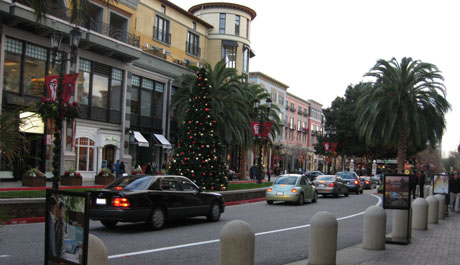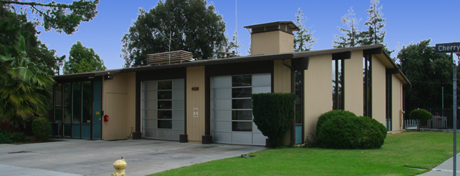My parents were not born in the USA. Both emigrated to America from Italy when they were adults. For approximately 10 years, my family lived in an apartment on Willow Street in the largely immigrant neighborhood that has been known by many names over the years, depending on who you asked: Washington, Sacred Heart, Goosetown. My parents, both career teachers, made a choice to live on a tight budget during that time, which enabled them to make a down payment on the first and only house they have ever owned. Our family home is located approximately two miles away from the apartment, and it was chosen because of its location in a neighborhood with lower crime rates and an award-winning public school.
Looking back on my early years in the apartment, I recall the children living on our street made do by playing games in the driveway and on the roof of the carports, where laundry was hung to dry. Further down the street, there was a bar that, oddly enough, was located inside a house. Most noteworthy is the fact that there was no neighborhood park for residents to enjoy.
This same neighborhood was the focus of a land use discussion raised last week at the City Council meeting. The principal question before the council was whether or not a new school should open up in this neighborhood. Being familiar with this area, I believe a new school would benefit the community and interject a positive force into the neighborhood. A charter elementary school is being proposed; however, in the future the school could be a middle school, vocational school, etc. Thus, the rezoning allows for a school to occupy the land now and into the future.
The city of San Jose has no policy or budgetary role in the decisions concerning public schools, including charter schools. This is the domain of the state of California and locally elected school boards. The city provides auxiliary services—libraries, community centers and crossing guards—but this is the limit of our involvement. However, presented with the opportunity for a new school to be in this neighborhood, based on the land use aspect alone, I voted “yes.” A new school would offer an additional education option within the public school system, and having more choices as opposed to fewer choices is seldom (if ever?) a negative thing.
For those who voiced concerns regarding the negative traffic impact that a new school may bring to the neighborhood, I will not deny that this may indeed be the case. Thinking of the many schools that exist currently, it is doubtful most would have been approved if dependent on a positive vote from the City Council—all schools create traffic. And yet, in so many cases, schools make the neighborhood what it is today. It is common for neighborhoods with outstanding public schools to have higher real estate values, and sometimes these neighborhoods will even be named after the local school. What is actually more chaotic for a neighborhood is when a school closes, and hysteria engulfs the community concerning the future use of the school site.
I also acknowledge that the proposed school would be a smaller, urban-style school without the expansive lawn that we’d all like to see in an ideal world. However, a smaller outside play area would not change the quality of classroom instruction: students would still learn, a new recreational playground would be added to the neighborhood, and a strengthened sense of community would likely result.
After reviewing residents’ concerns submitted via email, phone and at the meeting, I empathized with the desire to open a middle school at this location rather than an elementary school. Unfortunately, the existing public school district has not moved forward with a new middle school for this area in 60 years, and it does not have any current plans in the works for any new schools. A charter school has the ability to adapt and modify its charter, and over time these schools may alter their use to become a middle school, or find another entity that can provide a middle school in the same location.
The proposed campus would open up as a Rocketship charter school, assuming a favorable vote by the county Office of Education’s board later this month. Rocketship currently operates several other charter schools in San Jose. Many of the students attending Rocketship schools come from disadvantaged backgrounds, and have struggled to keep pace with the higher test scores and academic performance of their counterparts living in more affluent neighborhoods. Some within the educational community believe that charter schools represent the most effective way to narrow this so-called “achievement gap,” and the impressive success achieved by many of the existing charter schools—as evidenced by the oversubscribed waiting lists and vastly improved test scores—seem to lend credence to this theory.
Charter schools are a subset of the public school system, yet they are exempted from a portion of the state’s education code and rules governing tenure. Charter schools must show that they have met stated goals in a valid, measurable way, and these schools are held accountable for their performance. Underperforming charter schools are shut down.
Charter schools can be a highly political issue for a variety of reasons. Whether or not one agrees with the underlying concepts of charter schools, for me this was ultimately a land use decision about a new school in a neighborhood that I am personally familiar with.






